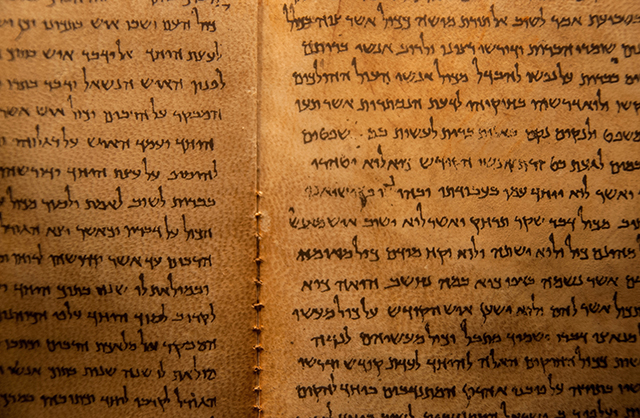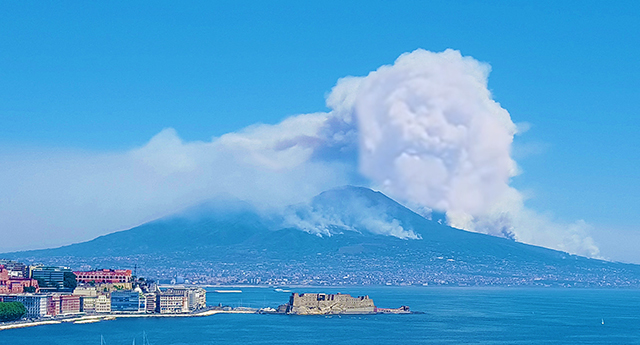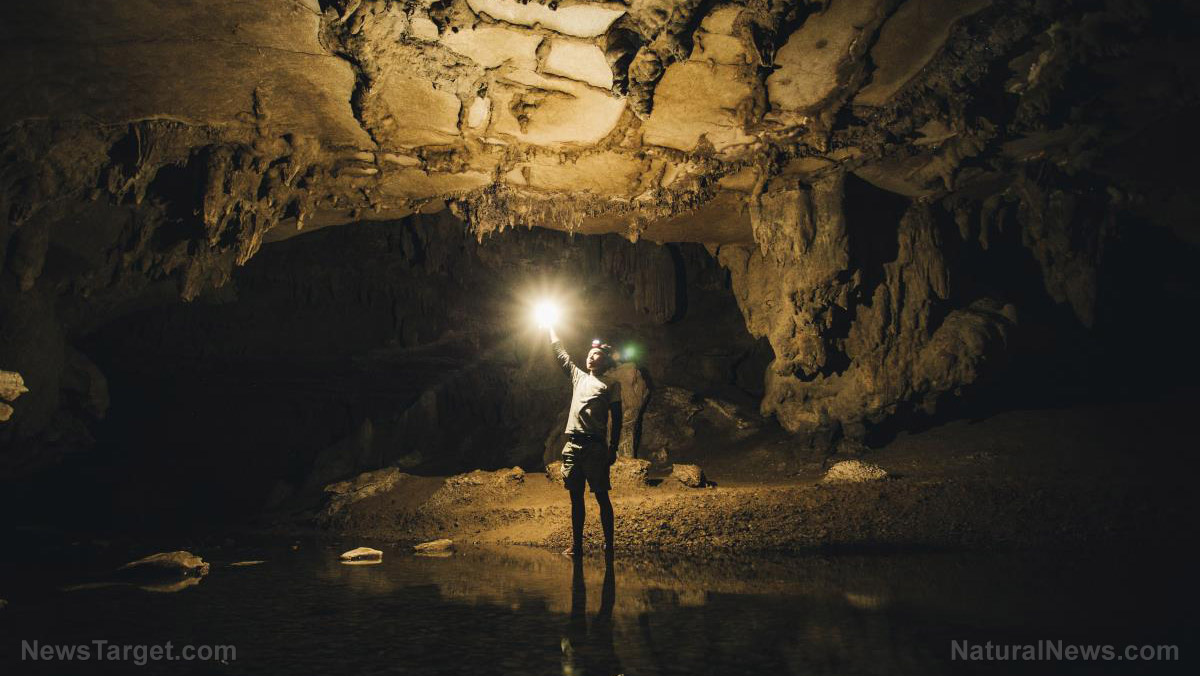Archaeologists discover tablet at site where Jesus cast demons into a flock of pigs
12/23/2015 / By Greg White

Israeli researchers announced recently that they had unearthed a 1,500-year-old marble tablet at the Sea of Galilee, enshrined with religious Aramaic words written in Hebrew letters, which indicates that the site was once a Christian-Jewish settlement.
The reality of an ancient settlement has been known since the 1960s, after researchers discovered echoes of a massive breakwater under the sea during a survey. They also found stones near the area, which possibly belonged to a public building.(1)
In 1980, the site became a national park named Kursi, after a former village that existed nearby. The common assumption was that the site was the Kursi mentioned in the Jewish Talmud, and possibly the “Land of the Gederenes” mentioned in the New Testament that Jesus visited during his ministry around the sea of Galilee. It is also the site where Jesus is believed to have cast demons in two possessed men into a herd of pigs.(1)
‘Nothing prepared them for the extraordinary discovery’
A steep decline in the level of the Sea of Galilee allowed researchers from the Hatter Laboratory in the Recanati Institute for Maritime Studies at the University of Haifa to return to the excavations surrounding the breakwater. The investigators soon realized that the ancient harbor was larger than previously believed.
In the wake of this realization, the scholars stumbled across the marble slab with Aramaic language in Hebrew letters. Two words have been identified thus far, including “amen” and “marmaria,” which the scholars believe refers to either marble or Mary, the mother of Jesus.(2)
“Nothing prepared them for the extraordinary discovery,” the researchers said in a statement recently.(2)
“This discovery bolsters the belief which was until now considered folklore that this is the settlement of Kursi which Jesus visited and where he performed ‘the Miracle of the Swine,’” claimed Michal Artzi of the University of Haifa’s Leon Recanati Institute for Maritime Studies, who oversaw the research.(2)
The researchers report that the inscription in Aramaic in Hebrew letters dates back to 500 CE, which suggests that the site was a Jewish, if not Christian-Jewish, settlement. The most likely assumption, according to the researchers, is that it is a Jewish settlement, since it dates back 1,500 years.(1)
“The presence of a Jewish site on the eastern shores of the Sea of Galilee is a very rare phenomenon. Until now we have not had any proof that Jewish settlements existed during this period along the eastern shores of the Sea of Galilee” Dr. Cohen told sources.(2)
Researchers travel back 2,000 years to the time of Jesus
These discoveries led researchers to go back 2,000 years to the time Jesus visited the area, as recorded in the New Testament, most notably the “Land of the Gederenes,” a name that refers to Kursi.(2)
The New Testament states that Jesus visited Kursi after crossing the Sea of Galilee. Given this is the only harbor in the region, coupled with the inscription that suggests Jewish origins of the settlement, the researchers concluded the site was most likely the Kursi of the Bible.
The archaeologists state that the tablet is the first of its kind in Israel, and the only one on marble specially commissioned from Greece. The inscription was discovered at the entrance to an inner room inside a building, which scholars believe was most likely an ancient synagogue.
“It consists of eight lines, and you usually don’t find so many words in Hebrew letters carved in stone,” Artzi said. “The assumption is that whomever the inscription was dedicated to had enormous influence on the local people. There is no other dedication as detailed … among the archaeological discoveries made in Israel up to now.”(2)
Sources include:
(1) NewsWise.com
(2) TheBlaze.com
Tagged Under: Bible, ChristianJewishsettlement, history, LandofGederenes, SeaofGalilee



















